Introduction
Is the Ricoh GR3X HDF good enough for a discerning photographer like yourself? I will help you to decide. I had a great holiday in Spain with Mrs T in autumn 2024, driving minor roads from north to south and back, staying in Unesco World Heritage sites like Cuenca, the Al Hambra in Grenada, and Salamanca. I had thought to take my Leica Q3 with me, but wanted something much more pocketable and less valuable.
Portable vs pocketable
The Q-series is often thought of as a small camera, but it is actually quite a substantial piece. The lens sticks out a long way. Being so solidly built, it is fairly weighty. I would rather not carry an extra bag with me as we roamed around, it’s just another thing to worry about and leave somewhere. And I didn’t fancy carrying my Q3 “naked” on a neck strap due to the potential for bashing it on a Roman wall or, worse, having it nicked.
I really wanted something that would fit in my pocket if possible, with the best possible image quality. An unobtrusive, small camera that also let me exercise full control over the image-making process.
Options and decisions
The Sony RX100 series was an obvious option. The pop-up viewfinder is a marvellous innovation, and it’s a tiny little thing. But I really struggle with the Sony interface, and the one-inch sensor is admittedly on the small size. The zoom is handy, but gets rather slow as you zoom, dropping to f/4.5. They are also quite pricey at around £975 here in the UK.
I’ve previously had a Fuji X100VI. It is a beautiful little camera, but not that pocketable and rather too close to my Leica Q3 to have both. I sold the X100VI to keep my Q3. If I didn’t have the Q3, the X100VI would be a viable alternative, although the price is punchy at £1,600.
Trade-off of old technology vs pocketable
A glance through at some other large-sensor compacts like the Canon G7X III didn’t reveal anything that interested. Until, that was, until I got to the Ricoh GRIII series. It was a camera I had not really considered before. I was aware of them, and that some people were fanatical about them, but I hadn’t really got into the whole proposition. A fairly old sensor, no viewfinder, small but rather odd-looking. But…pocketable and lightweight. Could be worth a closer look, I decided
I started down the usual well-worn online research trail. YouTube, camera forums, reviews, Facebook groups. One thing kept jumping out at me — the enthusiasm of owners for this little camera. Sean Tucker would be a good example, with his inspirational street photography and pared-back kit philosophy.
I also read about some drawbacks, such as slow and sometimes unreliable autofocus, bright sunshine washing out the rear screen, and the small battery. But despite this, I started thinking this might be the camera for me.
A choice of focal lengths
Somewhat similar to Leica’s Q series, there’s a 28mm version of the GR3, and an “X” 40mm version. And a new edition with a “highlight diffusion filter” built in, replacing the neutral density filter.
It didn’t seem sensible to replicate the 28mm focal length I already had with the Q3, so my focus moved to the GRIIIX with its 40mm focal length. Annoyingly, there seemed to be a supply shortage due to high demand. But while googling around, I found a GRIIIX HDF in stock at a UK retailer. I yolo’d it1 and bought it there and then, figuring out that I could always resell it without losing much if anything due to the high demand.
I thought the HDF would be interesting as well — I’ve used ND filters a lot so know all about them, but haven’t used an HDF before and always like trying something new.
First Impressions — palm-sized and pocketable
It’s tiny. My hand wraps around it very nicely. It fits into a trouser pocket. And it’s very solidly built.
From what I’d seen online, I had thought the camera would be rather plasticky. But that’s definitely not the case. It’s cool to the touch and feels dense. The controls click and move in a robust way, albeit being rather small because of the camera’s minute body. To me, it feels better built than a Sony RX100, but not as refined as a Leica Q3.
The rubberised textured grip on the right side makes it quite comfortable to hold, but because it’s so tiny, I found myself contorting my hand and fingers slightly to hit the shutter release while holding the camera steady one-handed. And it is tricky to one-handedly adjust some controls on the rear unless you have a dislocatable or double-joined thumb. The front aperture dial is quite an easy reach though as is the shutter release.
Two-handed makes it work
I ended up using two hands when making adjustments to the rear controls, my left hand holding the camera and my right thumb doing the knob twiddling.
The thin and fragile-looking lens cover “shutters” worried me enough to get a cheap metal lens cover from Amazon, which gives me a lot more confidence when the camera is being chucked into pockets and bags during a day out. I had to loosen the fit of the lens cover slightly by squishing the felt lining because I found I kept turning the camera on before removing it, causing the cover to be forced off as the lens extended. Loosening the fit makes that less traumatic for the lens motor and, over time, I trained myself to remove it before use.
First Use
I was obviously going to become an instant street photography god, so I headed to the mecca for all London street photographers, the Barbican. If you’re after dramatic lines, angles, light and shade, there are few better places, especially when it’s sunny.
I was rather worried about being seen there without a Leica, particularly with the proximity of Red Dot Cameras and possible accusations of traitorous behaviour on my part. But happily, the GR3X is so tiny nobody noticed, and I got away with it.
Menus and options
It was time to explore the menus and settings in detail, and see what would work for me. When I’m not photographing landscapes or doing environmental portraits, I tend to use aperture priority with auto-shutter speed and ISO. This is because I want to control the depth of focus in the image as a priority, and let the shutter speed and ISO take care of themselves. Unless there’s something moving, in which case I’ll want to manually set the shutter speed as well.
I started off in aperture priority, but found a very cool setting for the metering, which is “highlight prioritisation”. This is the last of the four options in the AF metering menu, indicated by a little “+” icon. It ensures you keep the aperture setting you want while metering for the highlights. Very nice for high contrast scenes like the one above.
User-friendly
Then I found the “max aperture priority” setting in the “Program Line” option. This makes the camera set aperture, shutter speed and ISO all automatically, but gives you the widest possible aperture when doing so. You can then adjust/override the aperture manually with the front dial if you’d like to. Another excellent touch when you want to have some focus falloff with a wide aperture. When combined with highlight priority metering, it’s very useful.
I had another play with the camera during a visit to Portsmouth, and I found myself thoroughly enjoying the GRIIIX. It was certainly meeting my requirements for a tiny, very inconspicuous, very convenient, pocketable camera with a good lens and sensor. Unlike the Leica Q3, I could just drop this in a pocket when I was done shooting. No need for a separate bag or keeping the camera on a neck strap or having to hold it all the time.
When I got home and started looking at the images on a large screen, I began to realise just how good this camera is. The pictures are full of detail, and very sharp.
I hadn’t ventured into the world of highlight diffusion filters yet, that was still to come.
A Quick Wedding
My daughter got married! Whoop! I arranged for two of my very best pro photographer friends to cover the occasion (massive pressure on the poor guys!), but couldn’t avoid taking a few snaps myself. The Leica Q3 or my Sony A7III would have been totally inappropriate in this situation, where I had a job to do as father of the bride. So the GRIIIX slipped unobtrusively into my suit pocket and I used it to sneak a few “behind the scenes” pictures here and there.
I was able to capture a really lovely set of images subtly without annoying anyone, which is always a major achievement. The Ricoh let me just fire and forget when needed, and exercise tight control when necessary. And then just pop the camera back in my pocket and get on with my job of socialising and being nice to everyone.
Pocketable shooting flexibility
I was photographing RAW+JPEG and the RAW files have a lot of editing flexibility in them. Not as much as the astonishing files from the Leica Q3, but enough to fix the majority of exposure errors, pull detail from dark shadows and so on. Very nice indeed.
I found the sensor to be quite effective at high-ish ISO as well. You’re not going to use this camera for astrophotography, and Lightroom’s AI noise reduction is so good these days it makes ISO irrelevant a lot of the time. I was happy enough shooting up to ISO 3200. It’s no Sony A7S, but it’s perfectly fine.
I was starting to like this little camera a lot. The focal length of 40mm was just right for this type of thing. Occasionally, I’d want a little wider as I’m used to the 28mm of the Leica Q3, but I’d just work out a way to make it work at 40mm instead — no hassle.
Off to Spain
Time for the Spanish road trip. I won’t bore you with loads of detail, other than to recommend staying in Paradores. These are part of a government-owned hotel chain where the premises are in restored municipal buildings like hospitals, or in monasteries, seminaries and so on. Generally, they are wonderful (though skip the bland one in Cordoba). They tend to be in the middle of the old part of town, and are full of character and charm, as well as usually being well priced. The one at Granada is actually within the spectacular Alhambra complex, albeit somewhat pricey!
The old parts of Spain, and some ancient Roman and Moorish towns, are absolutely captivating. They are also target rich from a photography perspective. There’s so much detail, so many interesting features, and lots of narrow sun-raked alleyways to explore. I had a brilliant time.
Setting it up
I set up the GRIIIX with a profile for P-mode with max aperture priority, highlight priority metering, and +0.7 exposure compensation. I found I needed the +0.7 because the highlight metering would expose the highlights for mid-grey and I wanted them to be properly bright. It’s easy enough to change the exposure compensation with the (small) rocker on the back of the camera. I found myself wanting to switch this functionality to the larger and more accessible front dial, but that isn’t possible, unfortunately.
I found this to be an excellent configuration. Occasionally, I’d override the selected aperture when I wanted to be certain I’d have enough depth of field on the focus. Operation therefore became as simple as just twiddling the front aperture dial when needed. I’d pull the camera out of a pocket and remove the lens cap in the same motion, while also powering it on, and by the time it was up at chest height it was ready to fire.
Highlight diffusion filter
So what about this highlight diffusion filter (HDF) thing then? There’s a little button on the back of the camera that enables and disables the HDF. It’s a little element that slides into the light path within the lens. My default is to have it switched on.
The effect is most apparent when there are strong highlights in the image. By this, I mean points of very bright light, in a high contrast setting. The filter creates a fuzzy periphery to these highlights, which can make the resulting image look more realistic and atmospheric. In the right setting, it can be very effective.
When the highlights aren’t as pronounced, you get a curious, and I find quite attractive, soft-yet-sharp effect. If the light is flatter, you can’t see the effect at all.
Avoiding distractions
Occasionally, I’d find I didn’t want it on because it is rather distracting. However, this can be challenging to discern on the rear LCD, more of which in coming up.
The shot above from inside the mosque-cathedral in Córdoba is an excellent example of the HDF in action. It creates an ethereal glow which suits the setting rather nicely. I had a superb time in this building, which is full of interesting features, light, and shade. And full of people too, which meant waiting 15 minutes for this picture in an otherwise extremely crowded area.
Another example above. The HDF effect is far more subtle here, with a little softness around the bright areas, while the rest of the image is incredibly sharp.
I found myself liking the HDF feature more and more. I think I made the right decision, as there were no situations where I felt I would have wanted or needed the neutral density filter that comes with the standard version of the camera.
No viewfinder, no problem!
It won’t have escaped your attention that the GRIII series doesn’t have a viewfinder. I like a viewfinder. I found my Sony RX100 that I had several years ago (pre-popup viewfinder version) to be challenging to use. I love the viewfinder in my Leica Q3. How would I manage without one?
Well, effortlessly as it happens, but not all the time.
For the vast majority of shots, I found I could compose and frame quite accurately using the rear screen. In some situations, having a smaller box to compose in is actually helpful to highlight the shapes of shadows and light areas, which aids composition.
Challenges with composition
The shot above is a good example. We stumbled on a glamorous wedding at Salamanca cathedral, and it was easy to frame everything up to get a nice diagonal and vertical shade “frame”. No, I couldn’t move more to the right to surround the bride with darkness, but well done for thinking about it.
I did find myself bringing the camera up to my eye a few times as my viewfinder-trained brain wanted to see the composition up close and large size. Obviously, I felt rather stupid doing this, but I’m sure nobody noticed.
It is possible to turn up the brightness of the rear screen easily by using the rear toggle lever switch thing, but this does run the small battery down faster. I usually had the brightness on the medium setting, but would ramp it up in sunny conditions.
Generally, it was OK, but there were definitely occasions when I wanted more fine control over my composition than I could get with the rear screen. Low shots are often awkward as well because the screen doesn’t tilt, and you end up doing some stressed yoga positions to get a decent view.
I’d say 95% of the time I was fine without a viewfinder, and managed to wrangle a picture the other 5% despite being a little grumpy about it.
Slow focus, or actually OK?
Actually, OK.
Rather like the no-viewfinder situation, I found the focus to work just fine most of the time. It uses a hybrid contrast and phase detect approach. I had no out of focus shots on the trip.
Over the years of using cameras with contrast-detect autofocus systems, I’ve trained myself to look for high contrast areas of a scene to grab focus most effectively. More recent digital cameras like the Sonys, with their ridiculously good autofocus, don’t need this at all.
But I did find this was the ideal approach to get the most from the Ricoh. In good light it focuses fast, accurately and effectively when pointed at pretty much anything. In lower light it does take its time, but this can be remedied by finding contrasty bits of the scene.
I use “Select AF” almost exclusively, as it gives me control over focusing using a small target area, and lets me move that area around using the rear dial-pad. A quick tap of the OK button, then a slightly longer tap, brings the focus point back to the middle of the screen.
I haven’t experimented with snap-focus yet. I can’t see myself using it very much, as instant street photography is not really my thing (despite having become a street photography god upon buying the GRIIIX).
Apps, exporting, integration
I bought a Canon Selphy QX10 printer with me on the Spanish trip. This is a small battery powered dye-sub printer which takes packs of 10 papers that includes an ink cassette. It creates 68mm square prints with full, vibrant colour, rather better than the Zink printers I’ve used in the past.
We like writing up a scrapbook at the end of every day when we’re travelling, as it can be easy to forget what you did a couple of days ago when hopping from one place to the next.
So at the end of each day, Mrs T (using her Fuji XT20) and I would do two prints each. The Canon printer paper is self-adhesive when you peel the backing off, so we could stick the four prints into the scrapbook, along with tickets, menus, receipts and other stuff.
Scrapbooks on the go
To accomplish this, I used the rather basic Ricoh Image Sync app to pull pictures off the camera onto my phone. I then selected the ones I wanted, did a quick edit in Lightroom Mobile, and then used the Canon Selphy app to print them. A nice thing about the Canon app is that you can create collages of multiple photos, making the most of the limited real estate.
The Ricoh app is not as good as the latest Leica Fotos app. Connection and transfer was successful about 80% of the time. I tended to just transfer small JPEGS as it is fast, and the prints are quite teeny so don’t need any more than that.
All the app switching sounds rather complicated, and it is, but once things are up and running it became fairly routine.
Back home, everything went into Lightroom. Pulling the card from the Ricoh GRIIIX is simple enough, and it’s all business as usual from there. What is a little tricky is USB charging, particularly the tiny charge port cover, which feels flimsy and delicate. But kudos to Ricoh for including a standard USB 3.0 charge port, which meant I could charge in the car or anywhere else easily.
In summary, is pocketable enough?
Firstly, I can summarise by saying that the Ricoh GRIIIX enabled me to scratch my experienced photographer itch with a tiny camera. It allowed me full control over everything I wanted, while also having the convenience of a point-and-shoot. It was genuinely enjoyable to use, and I always look forward to picking it up.
Pocketable but business-like
It has a business-like sensor, excellent build quality, and a crispy sharp lens. I was able to use the camera creatively, play with light and shadow, work compositions and do all the other things I’d do with my higher end cameras except for astrophotography and very long exposures with 10-stop ND filters.
I can also use it as an unobtrusive point-and-shoot. And I got zero “oh, Dad’s got his bloody camera out again” moans from the kids or Mrs T.
It absolutely fulfilled the brief of a high quality, pocketable camera with full creative control.
I did think about getting the 28mm version as well, and creating some sort of tandem grip/attachment thing so I could use both at the same time. But decided that was just silly. Yet I didn’t have my Leica Q3, I think I’d get the 28mm to accompany the 40mm version. Meanwhile, I use my phone (Samsung S23 Ultra) for wide-angle pictures if I’m out with just the GR3X.
To finish off, here’s a list of features/functions that I took note of, starting with the excellent and decreasing in goodness as you go down the list.
Size: Obviously very small.
Image Quality: Really quite impressive.
Depth Of Field Control: My expectations were exceeded. Nice DOF and subject isolation (when fairly close) with an f/2.8 lens and decent sized sensor.
Creative Control: Pretty much everything you can do on a “professional” camera.
Interesting Functions: Like highlight-priority metering, aperture-priority Program mode and focus modes.
Highlight Diffusion Filter: Could get old and fad-y, but really rather nice.
Leaf Shutter: Great flexibility for daytime flash use if you need it.
Focus: Better than expected after reading the reviews.
No Viewfinder: Not a big problem really.
Touch Screen: I forgot it had one most of the time. It can be handy for quick street stuff when combined with tap-to-focus-and-shoot.
Small Battery: I’m fairly economical with my shooting and never went below 50% in a day.
Mobile App: A bit primitive.
USB Charge Port Cover: Likely to get torn off accidentally.
Fragile Lens Covers: Definitely need a lens cap to avoid damage.
Sensor Dust: None yet, but the fear is strong.
Video: It does video???
Articles by Andrew Tobin
Leica Q3: A one-year review, photographing the people of Skye by night
Leica CL: 18-56 Vario-Elmarit-TL versus 24mm Summilux-M and 50mm Summilux-M
Leica CL: 55-135mm-TL versus 90mm Summicron-M and 50mm Summilux-M
Learn more about the pocketable GRIII
Is the Leica Q3 worth it?
Reviews and opinions about the Q3 on Macfilos
A cup of coffee works wonders in supporting Macfilos
Did you know that Macfilos is run by a dedicated team of volunteers? We rely on donations to help pay our running costs. And even the cost of a cup of coffee will do wonders for our energy levels.
- You only live once ↩︎

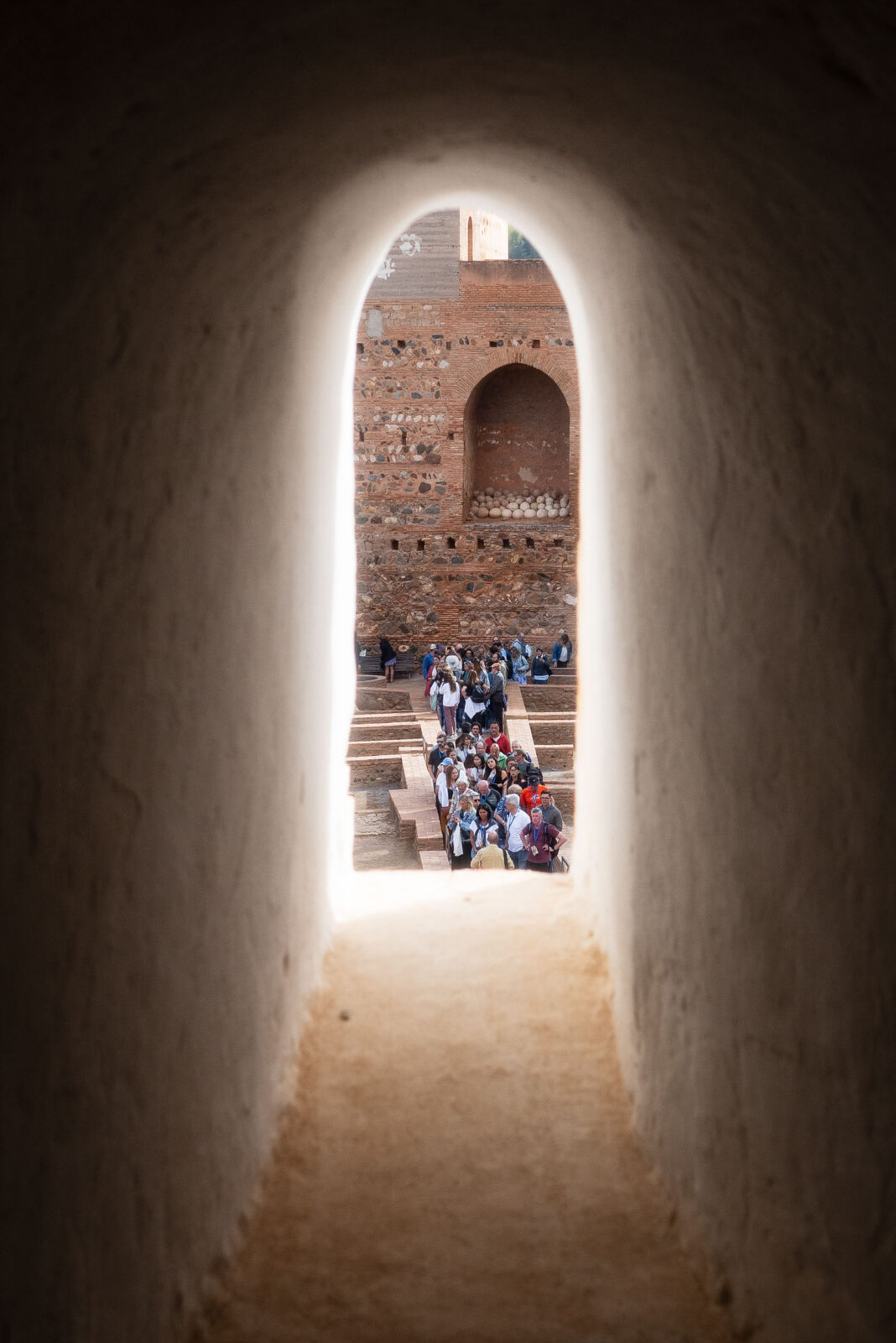
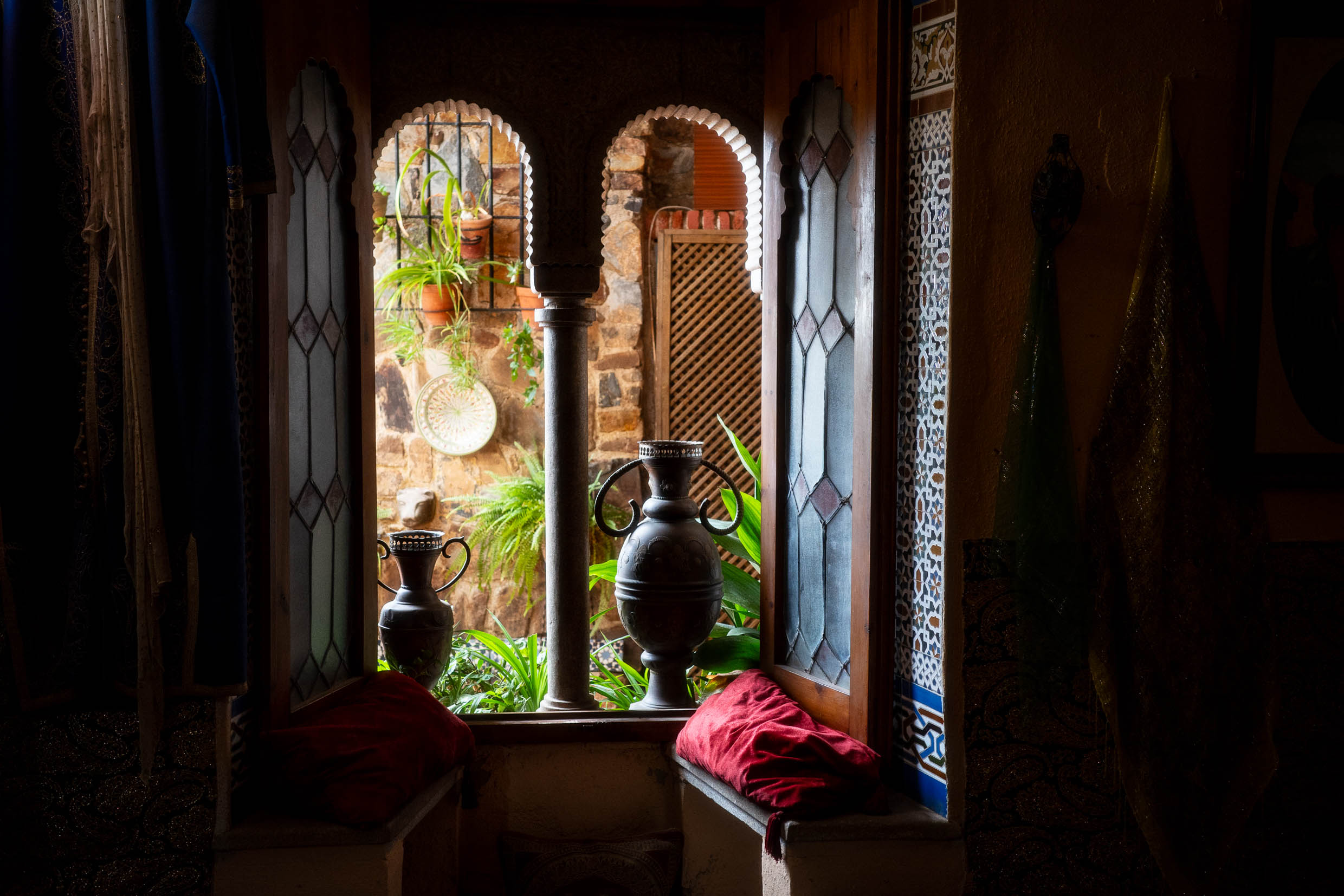
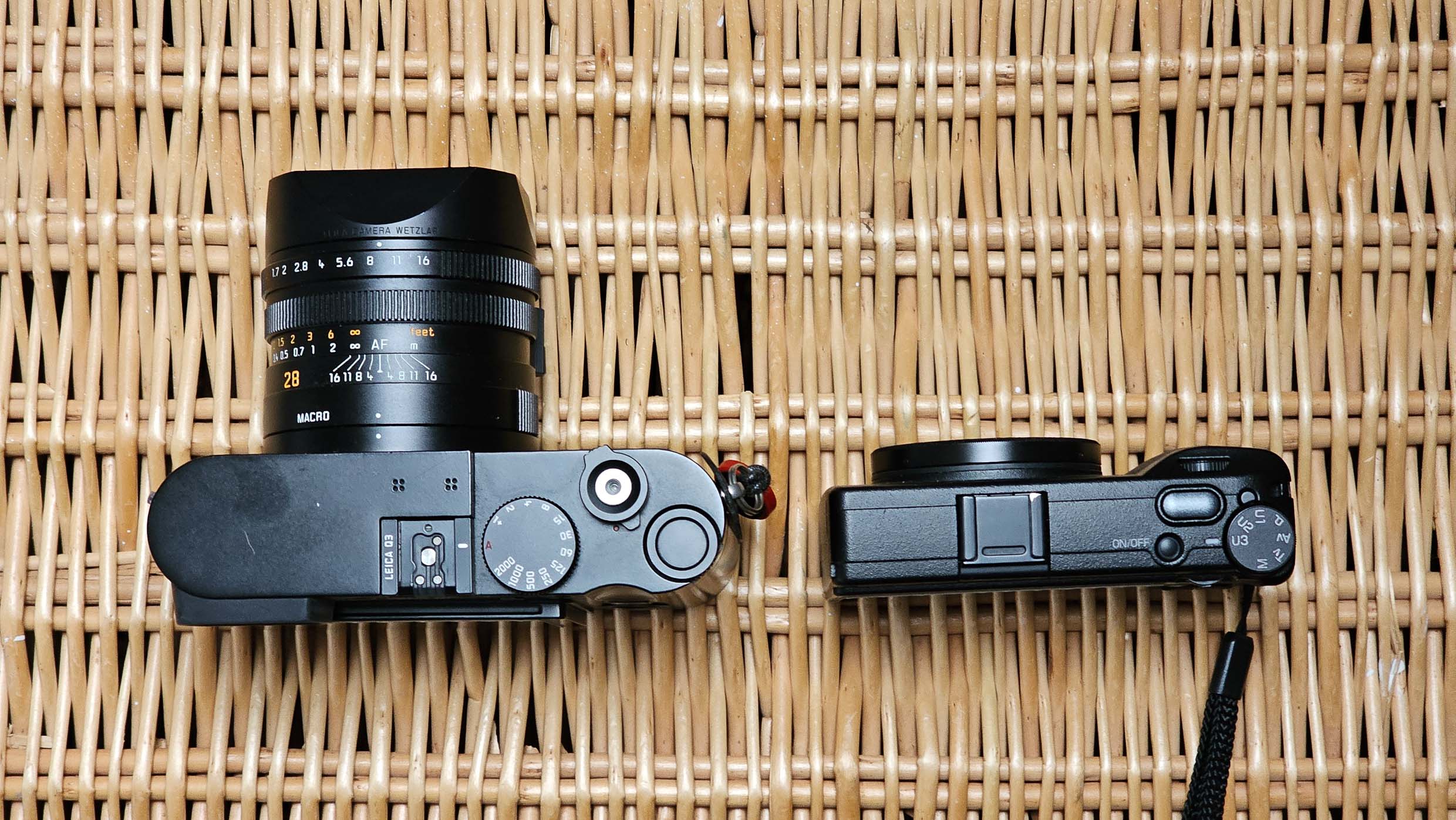
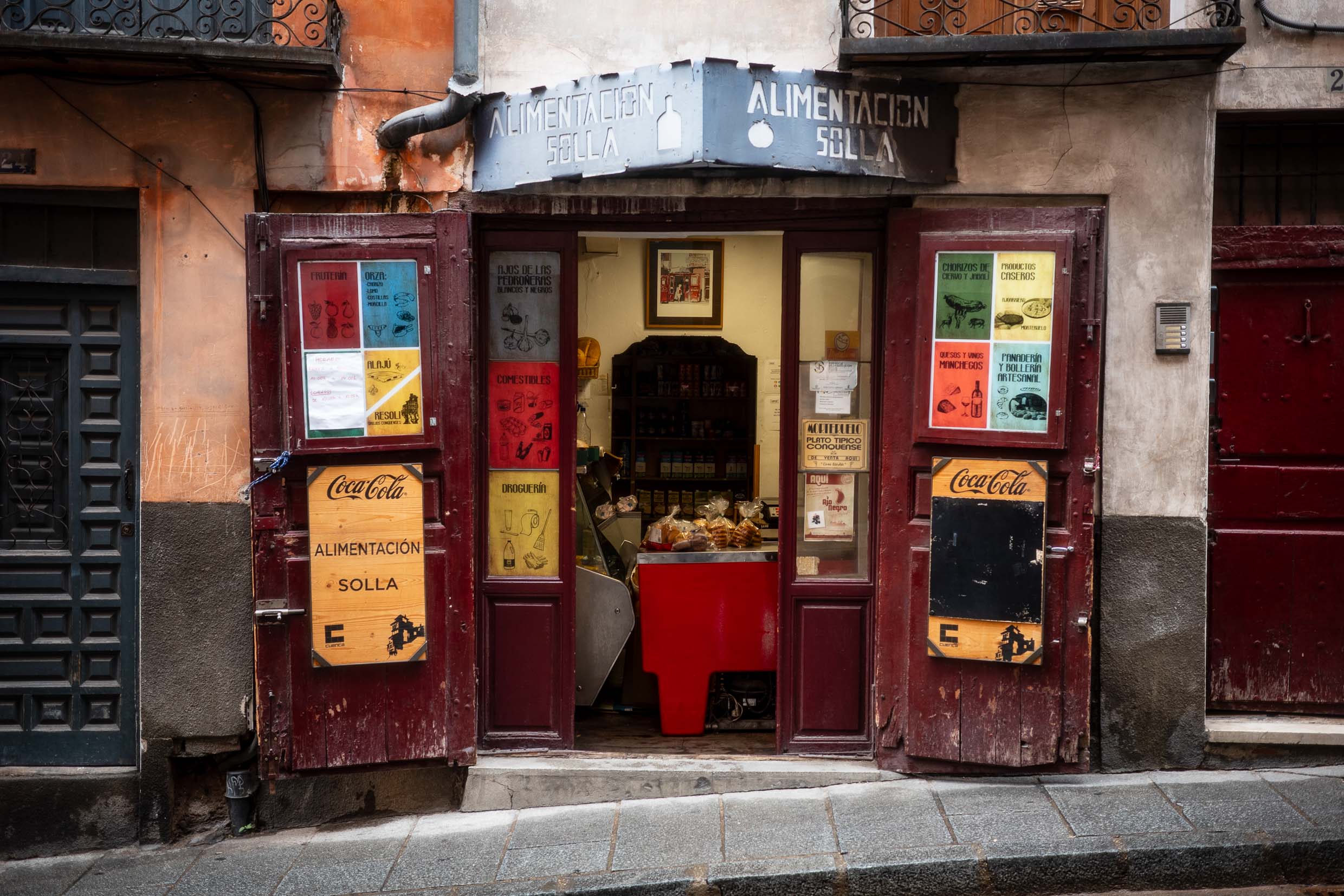
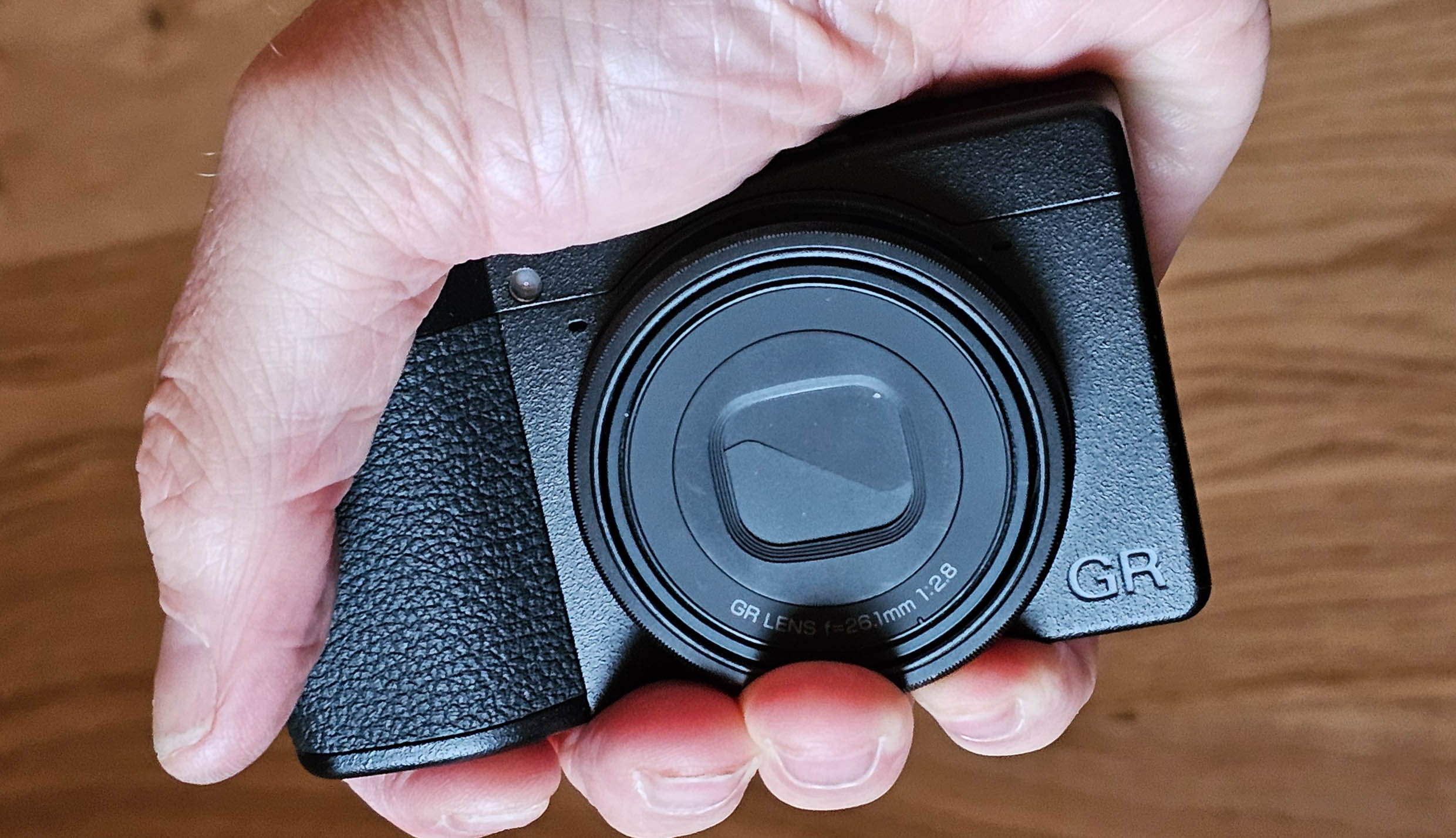
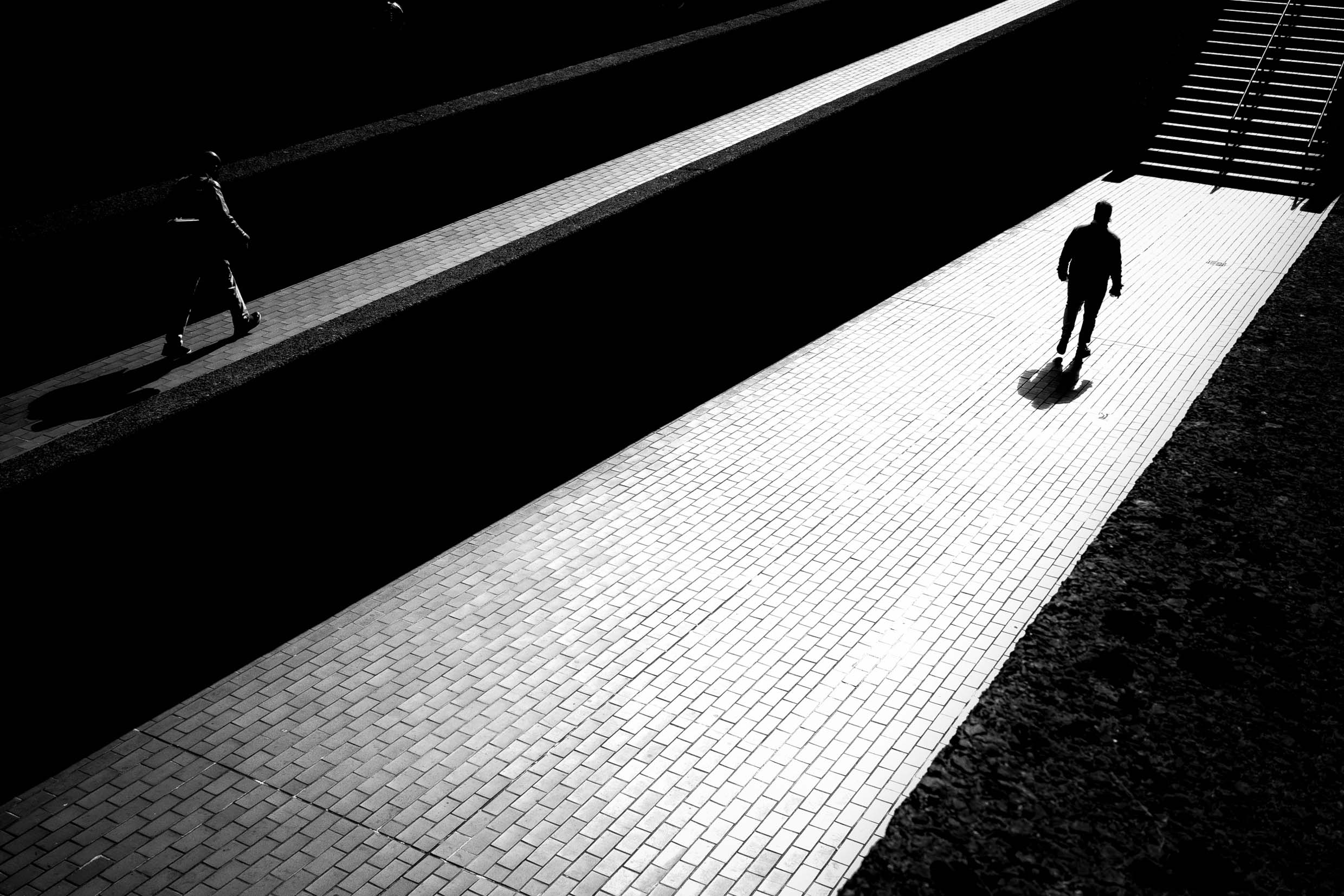
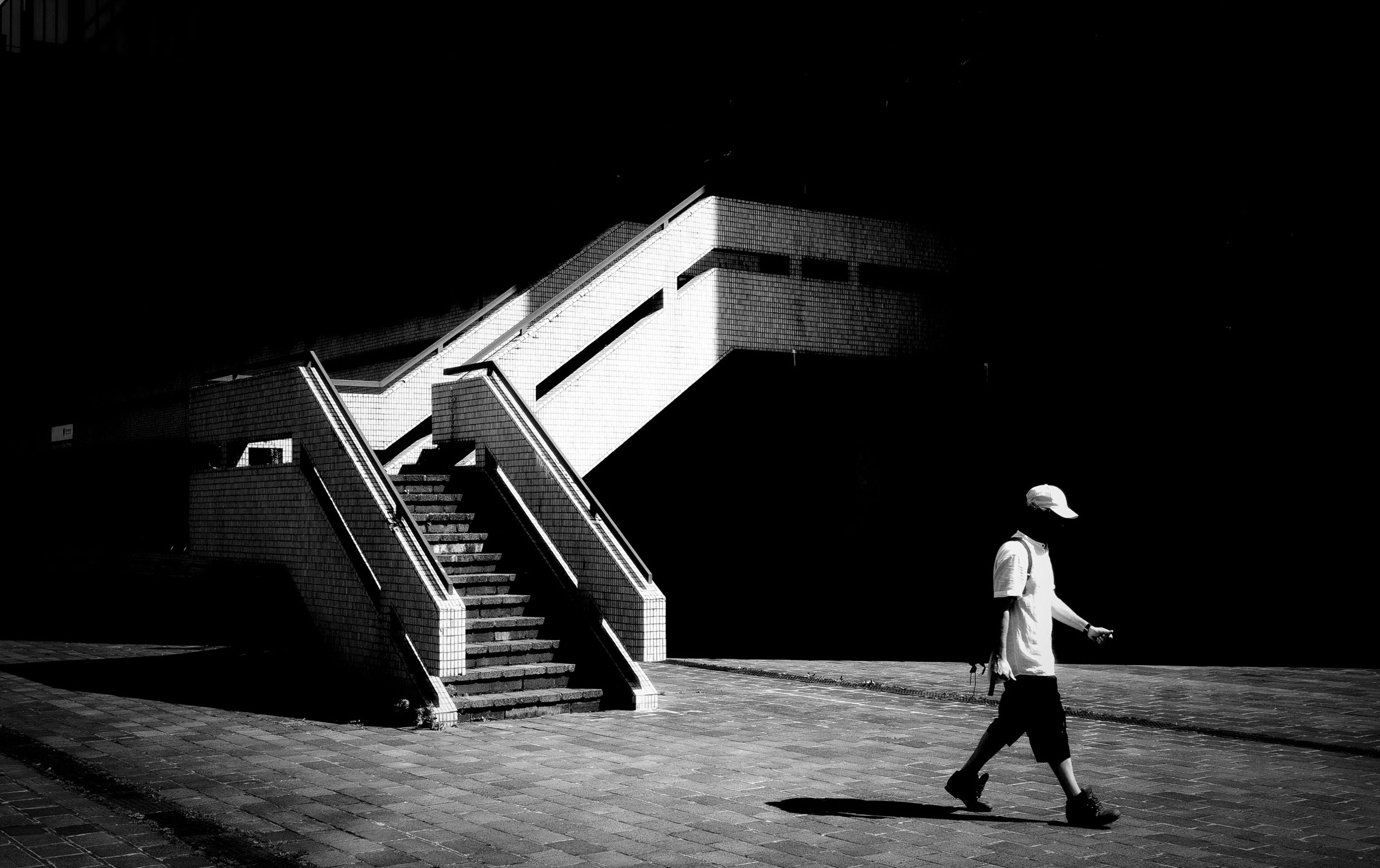

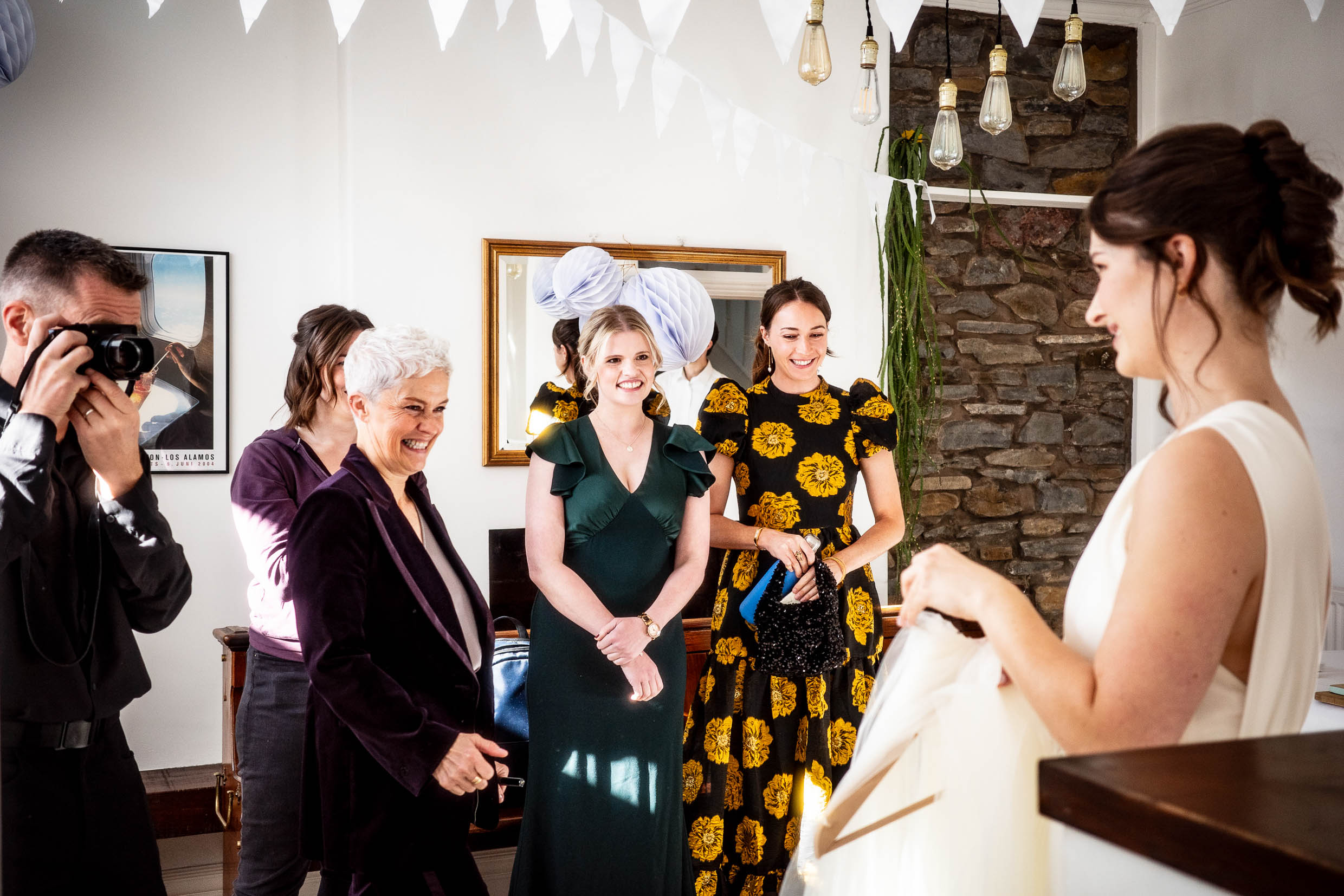
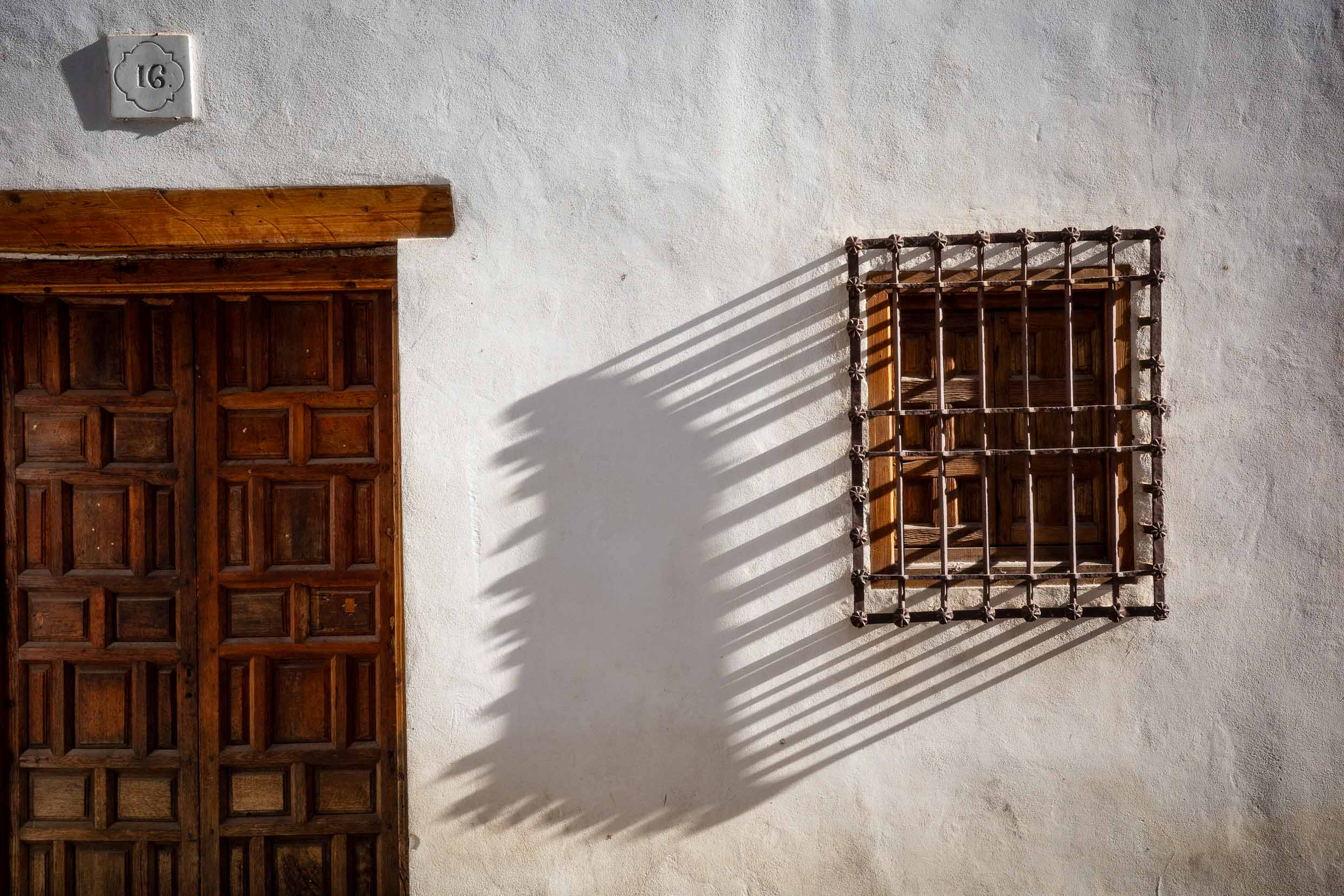
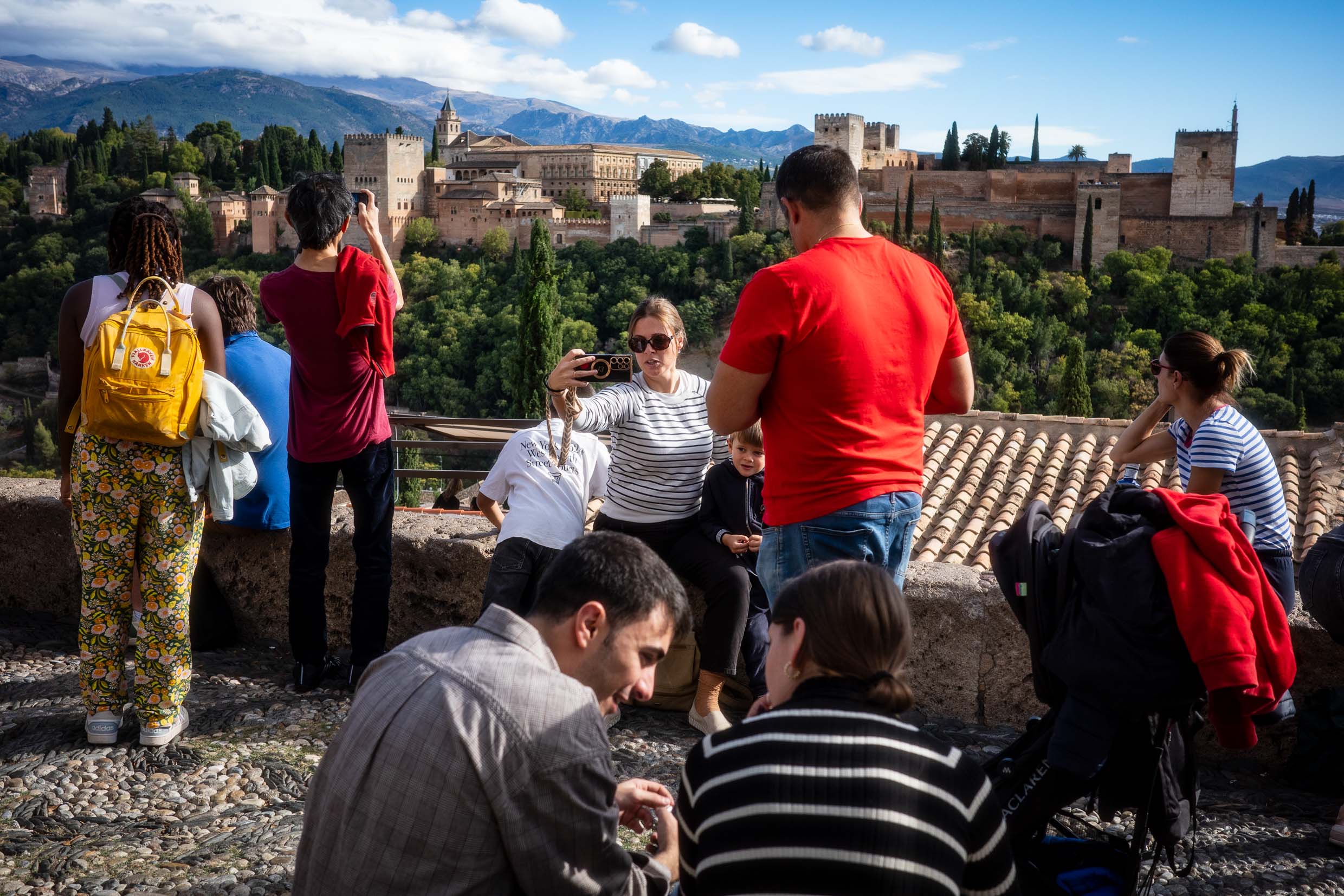
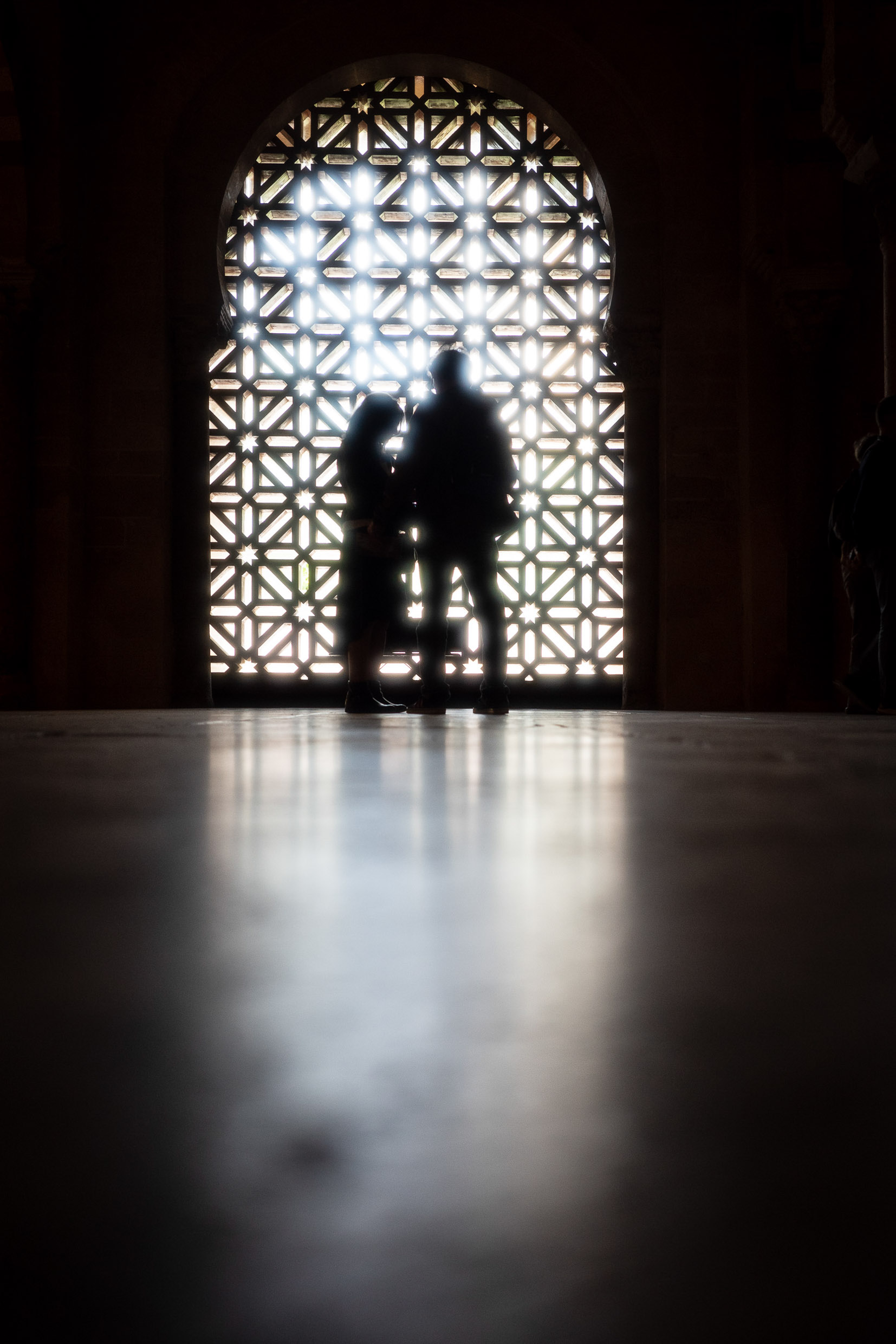
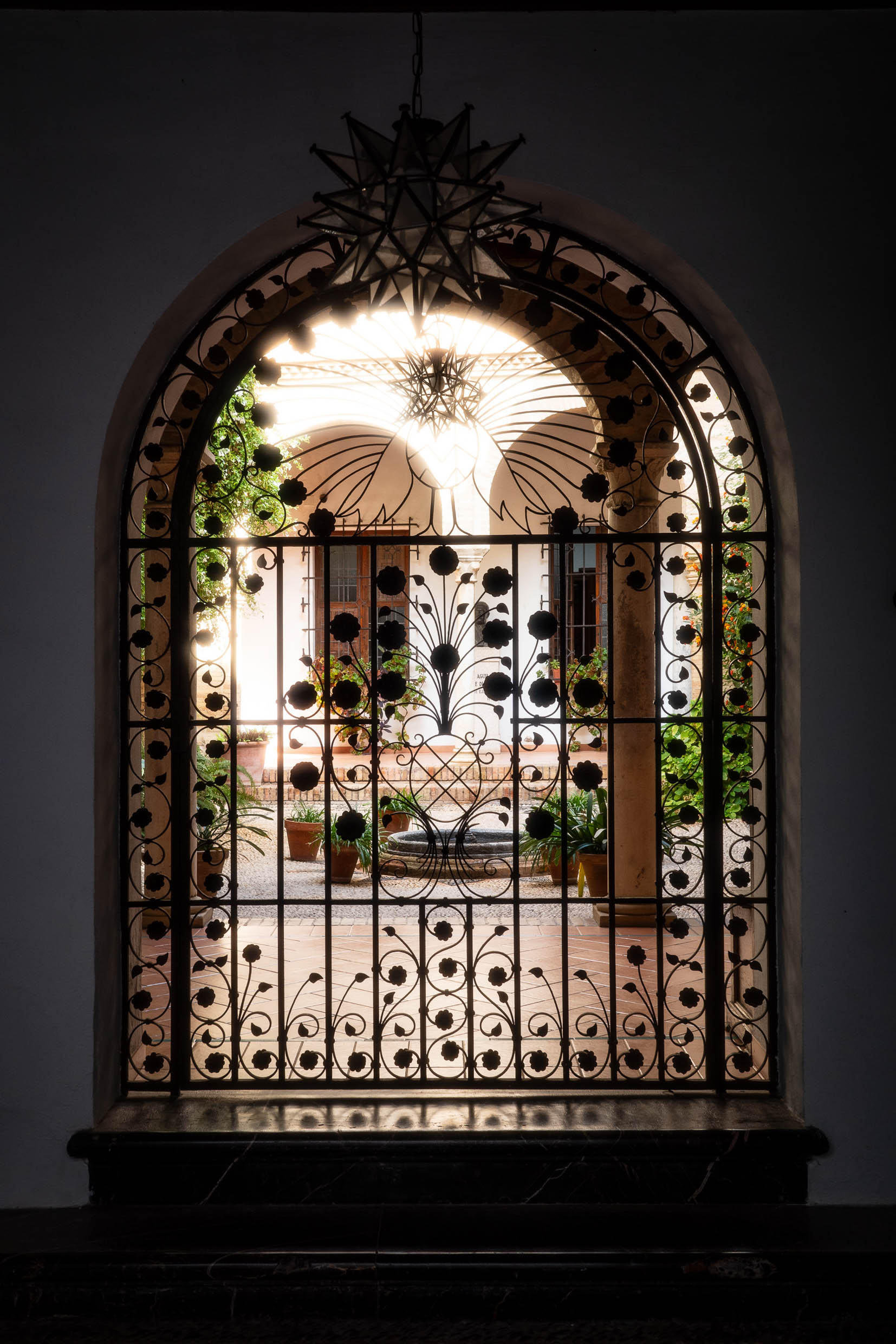
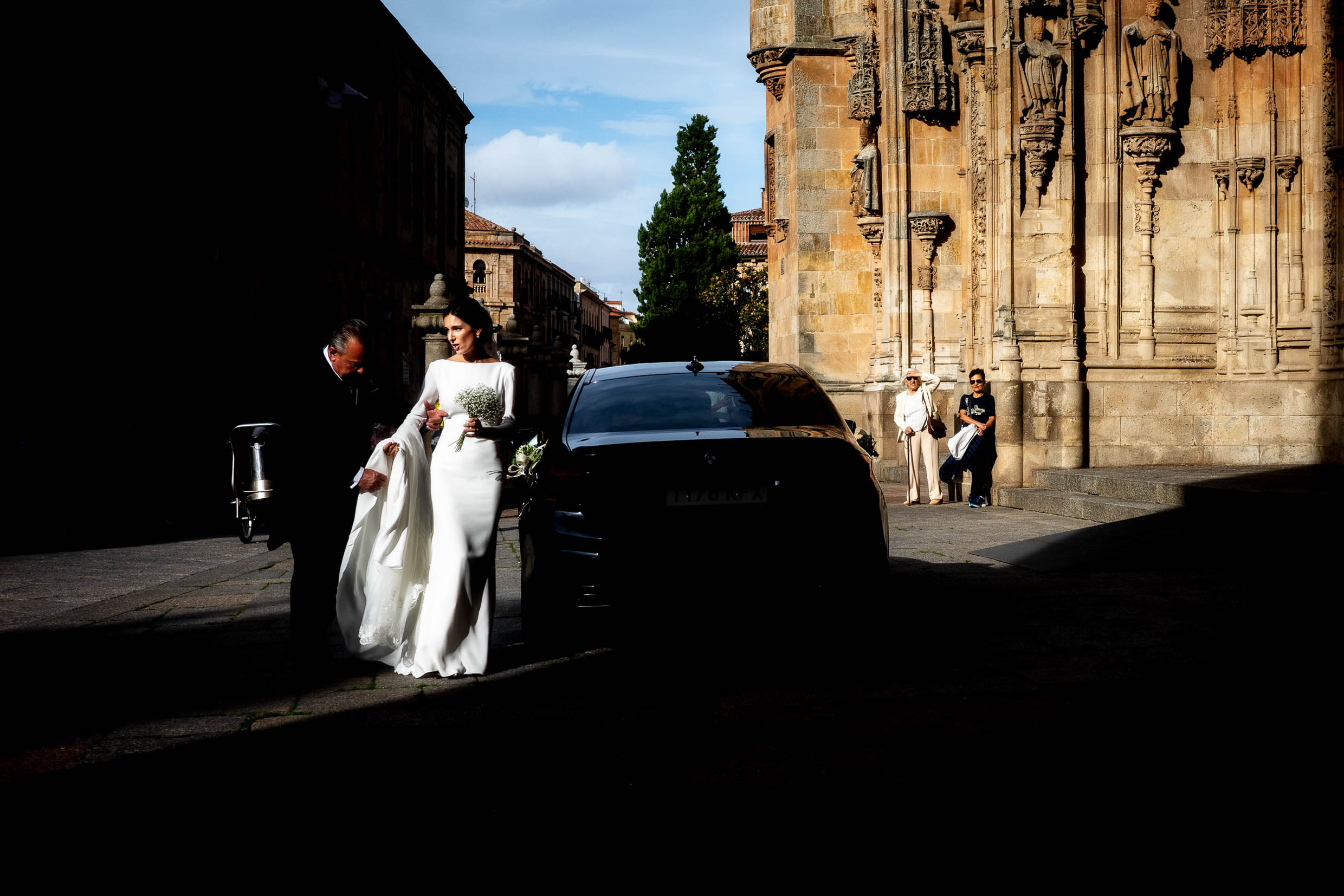
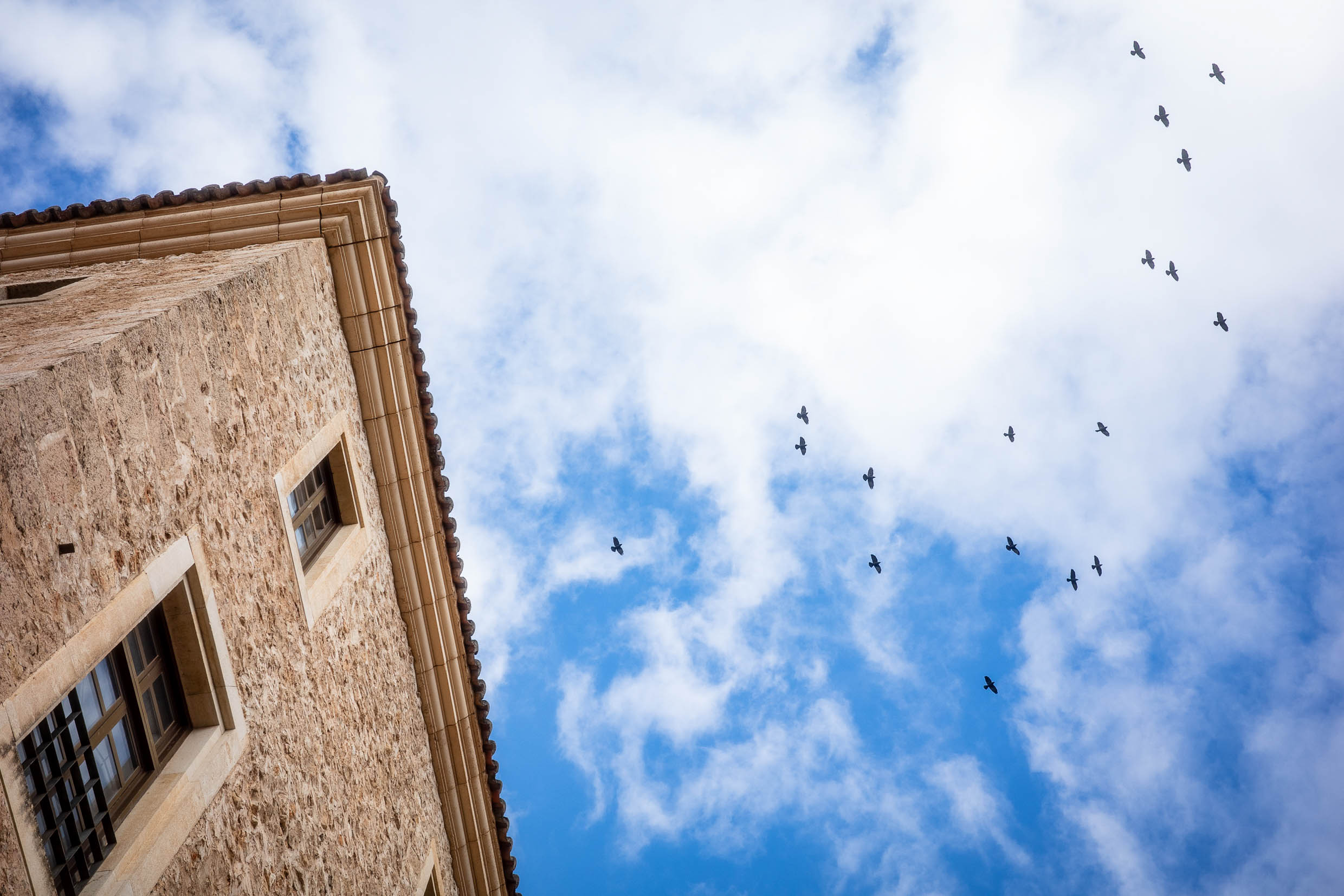
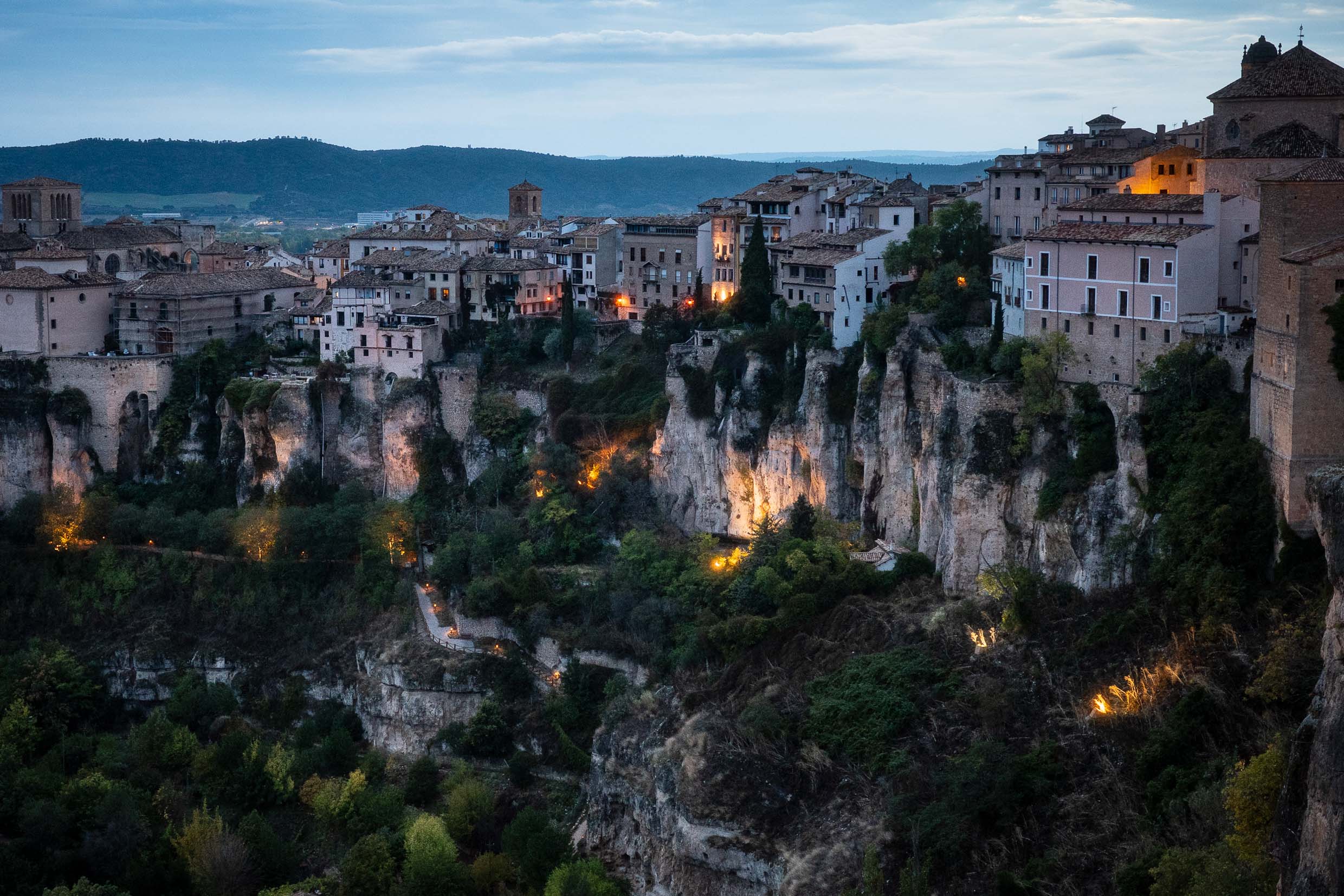
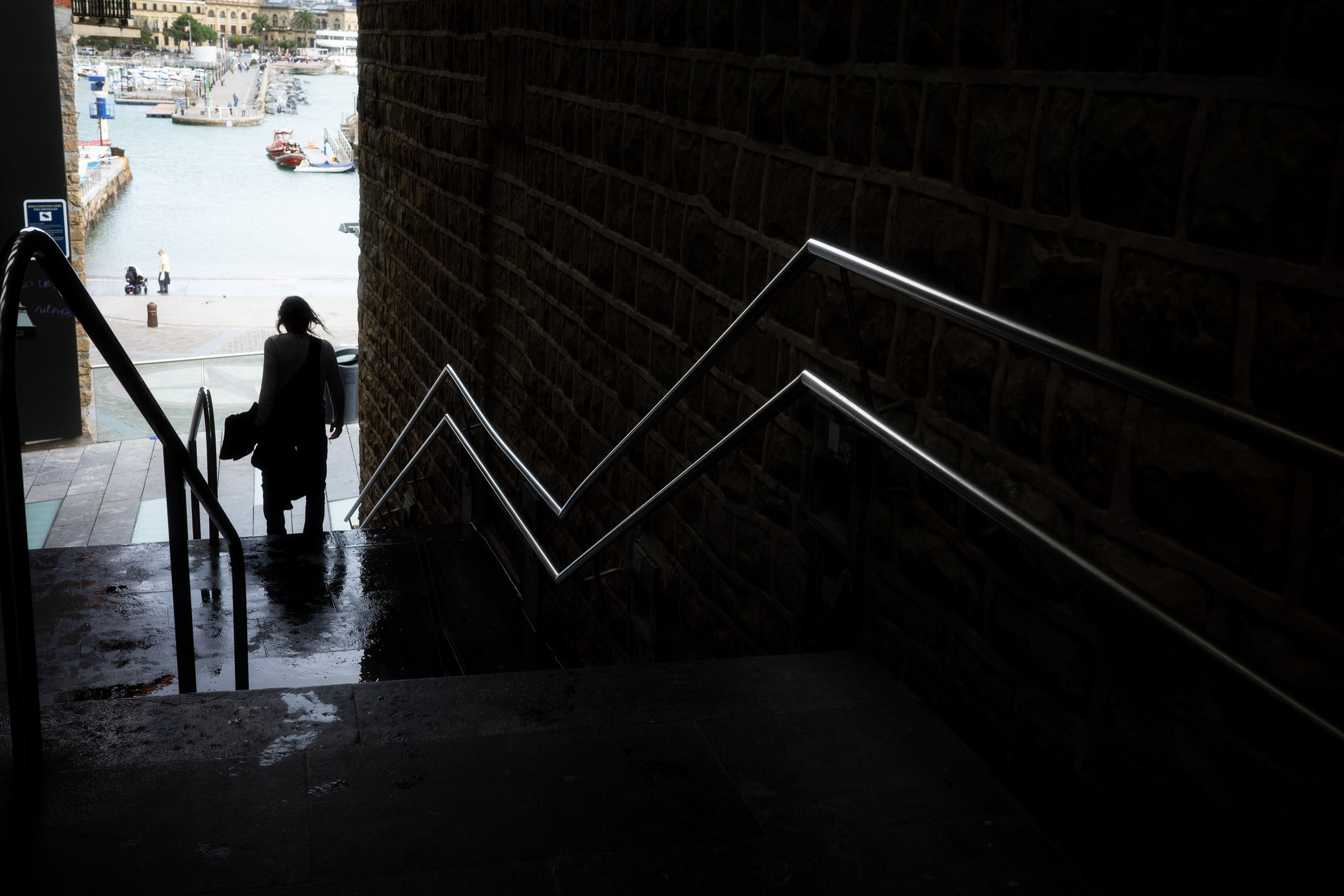
I took a GRIII and GRIIIx on a 10 day trip bicycling in Portugal and Spain. They were perfect. The alternative was a digital M and 2 lenses. I didn’t regret that choice for a single minute.
I love hearing good things about the GRIII… it makes me feel less deprived when I leave, say, the Q3 43 at home because of weight and “manage” with the little Ricoh in my coat pocket. It’s really no trouble to carry, and you still feel you have a fully fledged “proper” camera to play with.
Mike
I hate it when a brilliant article is written about this camera – it starts my temptation process. Hence, I have hidden my wallet. I used to own the first version but disliked the lack of viewfinder. However, i have gotten a little more comfortable (a wee bit more comfortable) with no viewfinder with occasional use of my iphone and it would be nice to use a real camera with a better focal length, amazing lens, and gorgeous rendering.
Hahaha. Must resist! I definitely prefer it to a camera phone.
So do I, Andrew. By the time you’ve bought a Leica LUX grip for your iPhone, you might just as well buy a Ricoh GRIII and keep your phone in your pocket where it is safe.
Well, Brian, I have been boring readers about Ricoh GR for years, ever since the GRI. And Jean Perenet has been doing his thing, too. In the past year or so, I have been reluctant to take out a “proper” camera every day as I used to. But I never leave home without the Ricoh in a pocket. It’s the only pocket sized camera with a big sensor out there. Only the little Sony comes near.
“… so I headed to the mecca for all London street photographers, the Barbican … I was rather worried about being seen there without a Leica, particularly with the proximity of Red Dot Cameras and possible accusations of traitorous behaviour on my part. But happily, the GR3X is so tiny nobody noticed, and I got away with it.”
A lucky escape indeed: Traitors’ Gate and the Tower of London were but a short distance away.
You’ve got to be very careful around there if you aren’t carrying a Leica 🙂
Great pictures, thanks for the interesting introduction to a camera of which I was almost entirely unaware.
Thanks Andrew for a great article and images. The Ricoh GRs or GRDs are wonderful travelling cameras: pocketable, great image quality and unobstrusive. To solve the dust problem you can add the adapter for the 21mm lens and add a zero filter, best thing to do when travelling in dusty environments. It’s no longer pocketable but worth the extra size to keep dust away. Retractable lenses and dust have kind of a love affait.
I’ve seen some of those adaptors, but also heard that dust can get in via the lens segments. I’d rather not sacrifice size tbh. And I’ll just shoot everything at f/2.8 :-). Also, the disassembly process to clean the sensor does look like it could be quite a fun project.
Wonderful story and great images, Andrew. Thanks for sharing. I motivated to get my own GRIIIx out of the drawer. I do miss a viewfinder, but the image quality is outstanding to this day. I wrote, here on Macfilos, about the camera which I used alongside a historic Rollei 35 some two years ago on a trip to Italy and came to a similar conclusion. But your images are far better, and that’s thanks to your dedication and not to the camera. All the best, Jörg-Peter
Thanks for the positive feedback. It is a great little camera for sure. What I like the best is that I can just pop it in my pocket and go out – no fuss or drama, and excellent image quality.
Great article! Great pictures too! The GR3 would be an amazing camera even if it wasn’t pocketable. Imaging envelope is simply superb. I recently did a documentary project in a local bakery and ended up using more of the GR images than those from my ‘better’ cameras. The GR files were just nicer, especially in b&w. Also its tiny size and throw away looks render it virtually invisible. As a dedicated street photographer I find this invaluable – folks are just not fazed by it. The compose-on-rear-screen action helps this as well. Bring a camera to eye level – even a small unintimidating camera like the x100 – and folks start to get nervous. Finally I’ve recently shifted into full on film mode and the GR is a fantastic in your pocket backup for situations where a film image just isn’t possible.
Completely agree. In fact the lack of a viewfinder and tiny size can really help in some situations where you need to put the camera in a difficult-to-reach position to get the shot you need.
Brilliant article thank you, more power to your elbow for sharing your knowledge as gained through genuine experience. I applaud you for that and hope more writers and bloggers would also take note. I do not have a Ricoh, or any other pocketable camera, but your common-sense warts and all appraisal certainly has made me aware for the same reasons you have mentioned that I likewise would most probably benefit for buying one. The only big but for me being I am still deeply in love with my 28mm Leica Q2, but thank you, and do please keep writing for Macfilos. Don
Thanks Don, I really appreciate your comments. As it happens, some more articles are in the works!
I also have the GRIII, very high image quality, razor sharp lens, most people (myself included) acknowledge though that they don’t use it enough, and are then pleasantly surprised each time they do use it. Hopefully you keep on using it frequently.
Yep – it definitely exceeds expectations. It looks toy-like but hides a very business-like personality.
I avoided the GRIII for a bit because of no viewfinder. Then when I needed a small camera, I gave and bought the 28mm version years ago.
It truly delivers well about its weight. Able to be used with one hand; snap focusing; great image quality.
The GRIII will never be my only camera but it will always be my second camera.
I really like that – “it will never be my only camera but it will always be my second camera”. Nicely done.